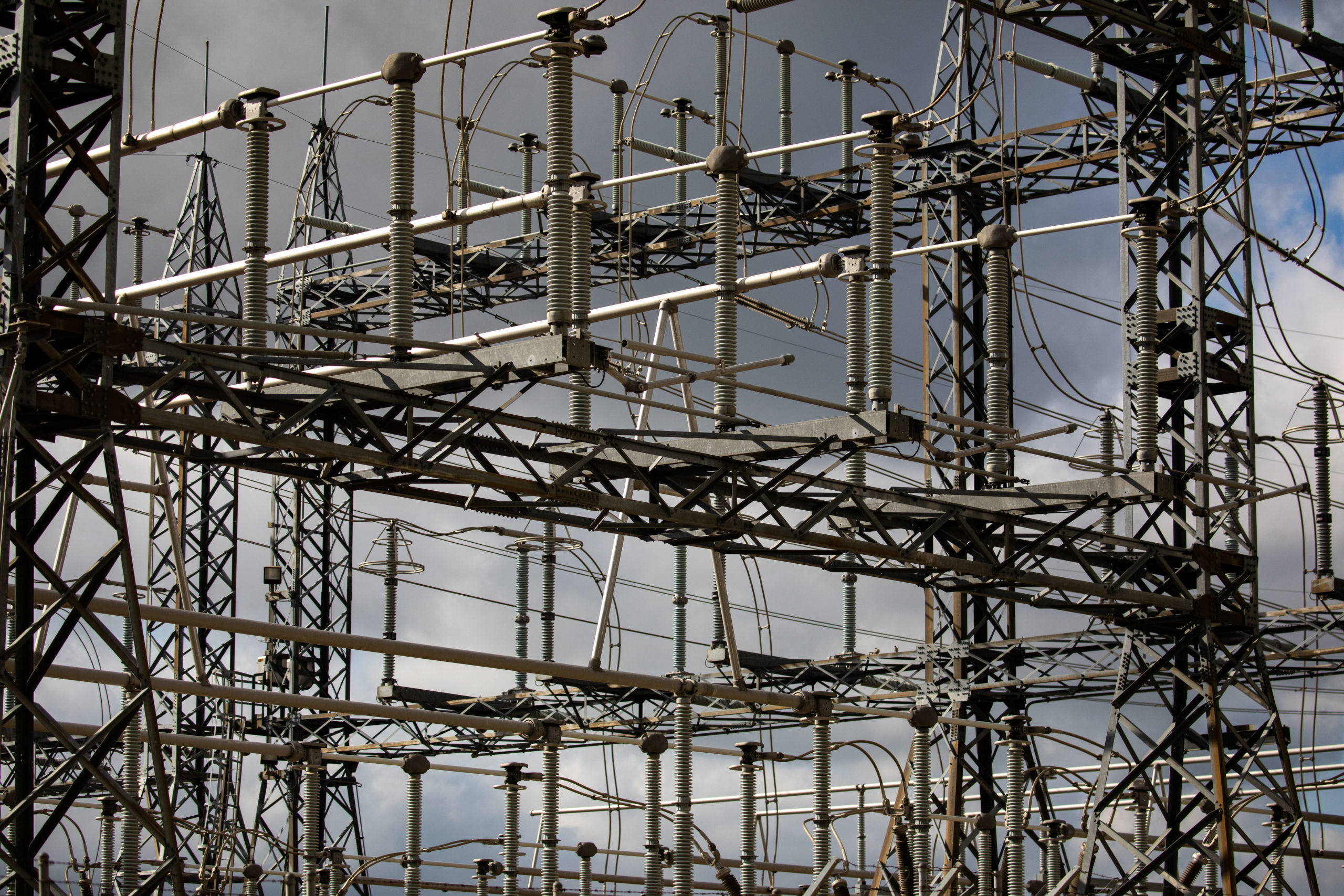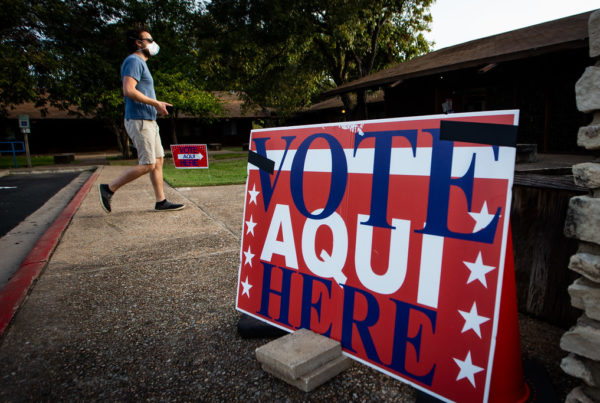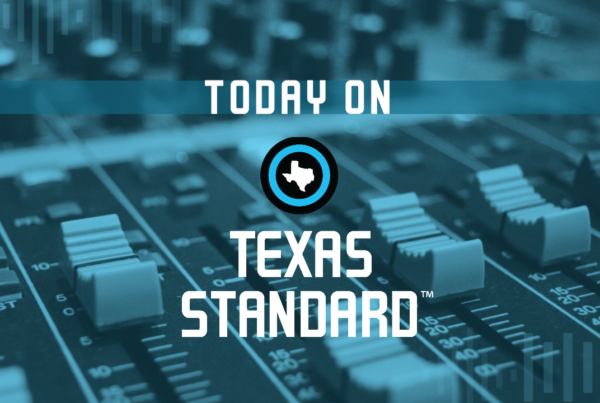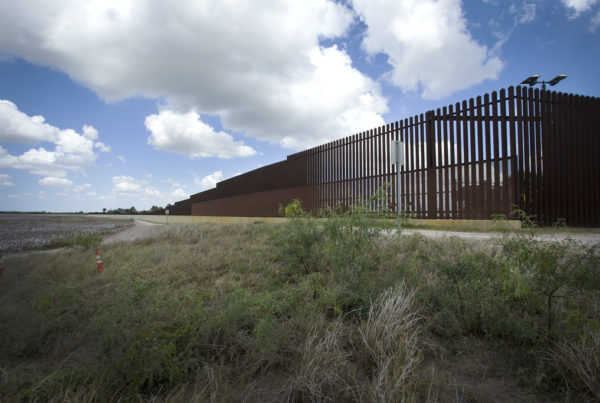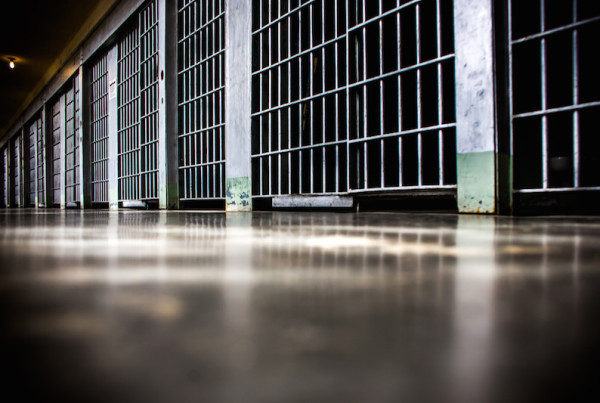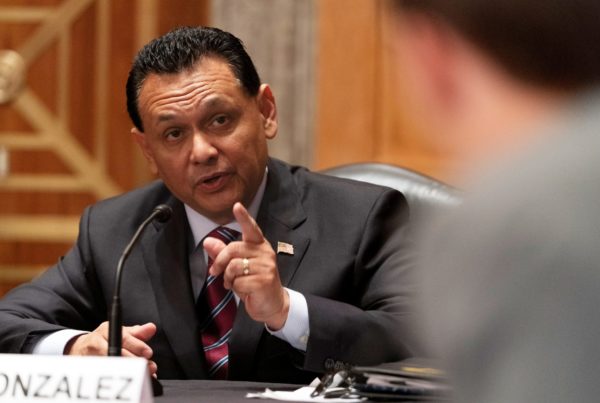Though often called the “Energy Capital of the World,” the 2021 winter storm shook Texas energy complacency to its core.
Now, with a mind toward the growing population in the Lone Star State and a robust renewables output, there is something of a battery boom underway in Texas. Lithium ion batteries, much larger than those found in cars, are being installed with the notion that they could provide a backup source of power when strains on the grid occur.
James Osborne has been reporting on this battery boom for the Houston Chronicle and spoke with Texas Standard about what this means for the grid and consumers. Listen to the story above or read the transcript below.
This transcript has been edited lightly for clarity:
Texas Standard: A battery boom in both Texas and California – before we get to the “why,” tell us a little bit more about the “what.” What kind of batteries are these, and where are they going?
James Osborne: These are lithium ion batteries, quite similar to what are being put into these new fleets of electric cars. They’re much larger – huge, great things that are going to actually be attached to the power grid and are designed to provide electricity to thousands of homes for between 2 to 8 hours, depending on the size of the battery. The principle being that you would charge these batteries when you have an abundance of electricity coming onto the grid, mostly from solar farms, which would be in the middle of the day when they would be running the most. And then wind farms mostly, often at night when you’re talking about West Texas and the Panhandle. And you charge these batteries up then when you have a lot of cheap electricity and then deploy them at peak times when the power grid can be a little strained.
So the idea is that these are not consumer-grade batteries, something that you might have your backyard buried somewhere. This is something for the power suppliers, those who provide energy to the power grid to have a kind of a rolling backup?
To some degree, yes, a backup. You know, the belief is that these could help mitigate situations like you had in the winter of 2021 where you had all these power plants go down and these batteries could theoretically step in and help manage that situation. But it’s also just on an everyday basis – power companies have this problem of everybody tends to want electricity at the same time. And wind and solar power are great. They’re very cheap, the way technology has gone in recent years, but they only generate electricity when the weather conditions are right. So finding a way to sort of marry those two problems and you could save that wind energy for a better time of day to use it when energy is more expensive, that’s theoretically a pretty good profit-making venture for the power companies.
I get why they would be doing this in Texas, especially; we both mentioned the 2021 blackouts. What about California – what’s their interest here?
Well, they’ve had issues too, going back years – they have a huge state, a huge power load. The wildfires there have recently played havoc on their power supply. So batteries is something they’ve been looking at for a long time. There are state incentives there that go back a number of years.
Texas, there is no direct state incentive for this. People are looking at this purely just as a moneymaking business. And if there is an added bonus where the grid becomes more reliable, you know, all the state officials who oversee the power grid are going to be happy about that, as are the customers.
» SEE MORE: Report: Texas has the most major power outages of any state in the U.S.
I think a lot of people may be wondering, why is this happening now? I mean, I get if there’s some kind of emergency and you’re trying to do something to patch the holes, but you’re saying that in places like California, there has been a call for these sorts of batteries for a long time, incentivizations too.
Yeah, there have. And California does, you know, have a decent amount of batteries, but nothing like what is now being projected to be built over the next three years. They’re talking about a two-and-a-half-fold increase in the amount of batteries on the grid mostly over the next two years – to some degree through 2025, as well.
Is the technology just catching up now to the demand?
Yeah, it’s like a lot of these things, they just keep refining the technology and it’s gotten cheaper and cheaper. Obviously, we’re using a lot more batteries now than we used to. That industry is scaled up, and with that, prices have come down. And as one person industry put it, it’s reached an inflection point, and it just makes good economic sense now to use these things in ways we didn’t use them before.
Could this end up being a windfall for energy producers? I know that a lot of people who have been knee-deep or deeper in renewable energy have been saying, “look, we can get this energy and we can get it out. We can’t store it.” That’s been the sort of the $64,000 question. And that’s being pretty cheap about the price tag there. So you mentioned inflection point. Are we going to start seeing battery storage sites all over Texas, or what does the future look like?
Yeah, most of these I was looking at on a list of projects: There’s more than 60 of them that are presumed to be going ahead the next three years. They’re all over the state – outside Dallas, outside Houston, outside Corpus Christi. And this could just be the beginning. These projects are a very small amount of all the pending power projects in the state right now. About a third – this is to every type of power generation there is – of them are battery projects. So there is a lot of interest out there right now. So there very well could be the beginning of a boom. But at the same time, you never really know with these things until things are actually built. There’s always the opportunity things might not come to pass. But for now, everybody is pretty convinced these projects are happening.
I mentioned windfall. I know I was thinking windfall for the power companies. Is this going to mean that power users are going to be paying a whole lot more for their energy to cover the infrastructure costs?
That’s a good question. At this point in time, that’s a little unclear, but it doesn’t seem that way. It seems that, if anything, this is a way to lower the cost of electricity. As you said, wind power and solar power are quite cheap. If they can store that power at a large scale, that’s going to do a lot to lower energy prices in the state. So theoretically, in the longer term, consumers could see cost reductions out of this. So it’s really hard to say at this point. It’s so early stage, but these are all private investments. There is no rate case at the Public Utility Commission tied to this. There is no rate increase at this point tied to this directly. So it should be good news for consumers, theoretically.


